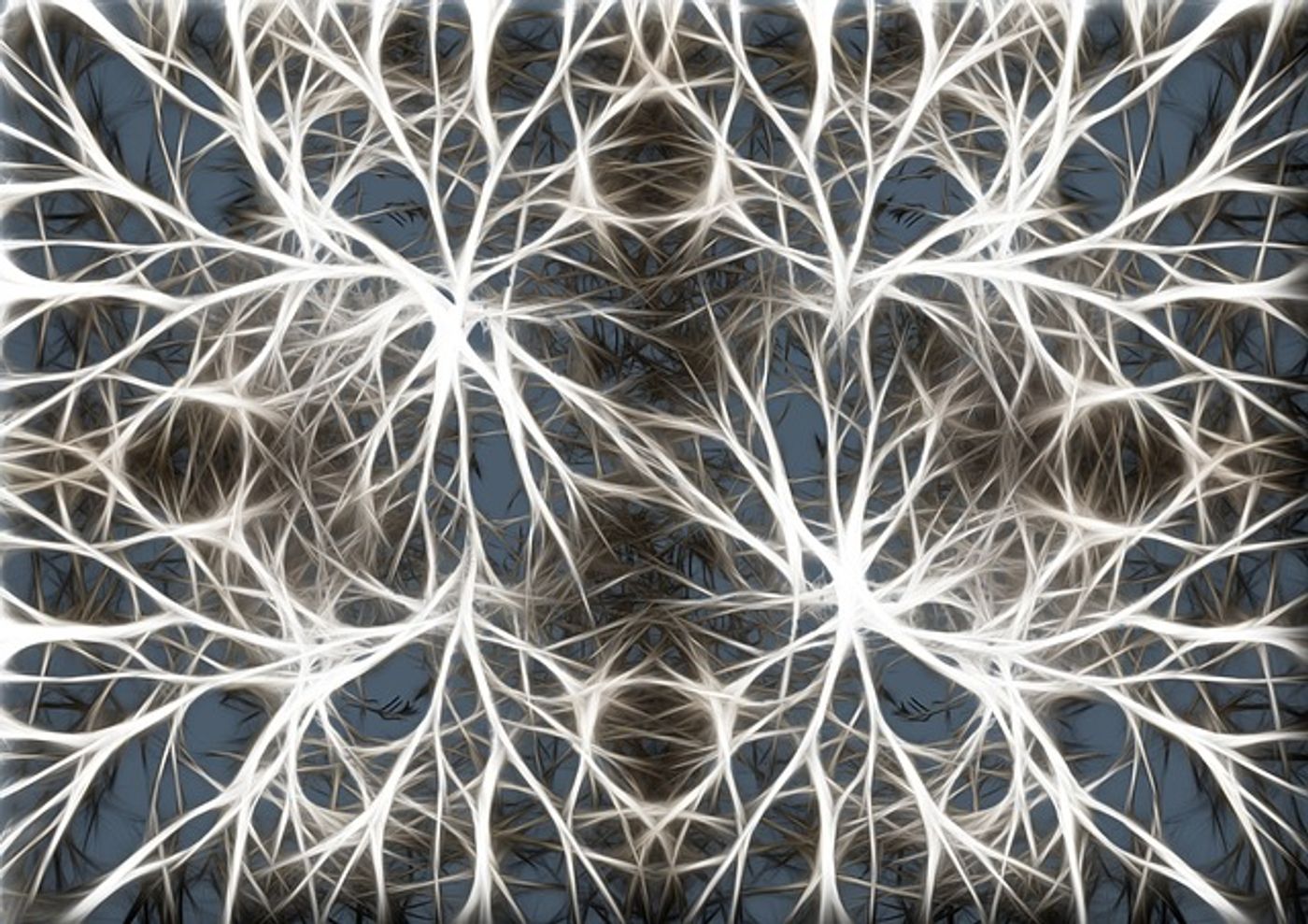Science fiction stories are full of plots involving brain chips, mind control and robots. All of that makes exciting entertainment, but some of it could actually make exciting (and real) science. A woman in California who suffers from Amyotrophic Lateral Sclerosis (ALS), or Lou Gehrig’s disease, volunteered to actually have a chip implanted in her brain as part of an experiment to see if it could allow her to control a Nexus 9 Tablet with her brain.
In order to protect her privacy, the patient was known in the experiment only as T6. Currently she can speak, use her hands for some tasks and is mobile with the help of a wheelchair. As with all patients with ALS however, eventually the disease will result in total paralysis.
T6 volunteered to be part of
a clinical trial known as BrainGate 2 to see if scientists could figure out how to help patients with paralysis or other handicaps to communicate better. The goal, as amazing as it sounds, was to see if computers could be programmed to read the minds of these patients. At the recent Society for Neuroscience Conference in Chicago, Paul Nuyujukian, a post-doctoral research fellow presented the findings of the BrainGate 2 project and the results of the experiment, telling the gathering of neuroscientists that the BrainGate 2 team had been successful in assisting T6 in operating a tablet using the implanted chip and associated technology.
In a talk at the
Society for Neuroscience Conference the BrainGate2 team led by Nuyujukian revealed that they had replicated the results from T6 with another patient as well. Caution was advised however, since the program is in its very early stages.
In an interview referenced in The Financial Post Tech section he was quoted as saying, “This is still very much a research study. There’s no implication of clinical benefit.”
The technology that exists now requires a paralyzed patient to use their eyes to track letters and objects on a screen. That tracking is picked up by optics and then converted to speech. This is how Stephen Hawking communicates and while he has achieved great success, it’s not always that way. The speech is not always accurately transposed and the process can be very tiring for the patient.
The BrainGate 2 set up works by having the chip implanted in the part of the brain that controls hand motions. The patient then imagines using their hands to move along a virtual keyboard that was created with custom software. The chip is connected to the keyboard via a small cable attached to the patient’s head.
So how did a tablet get involved? Tapping out messages letter by letter is difficult, so the team decided that rather than re-inventing the wheel, they would use what already existed. They purchased a Nexus 9, modified the chip and cable to use Bluetooth protocols and they were in business.
In an interview with SingularityHub.com Nuyujukian said, ‘“We set out to utilize what’s already been perfected in terms of the hardware to make the experience more pleasant. We’ve now showed that we can expand the scope of our system to a standard tablet.” Check out the video below to see a discussion of the project and the technology.









